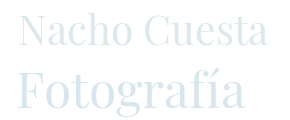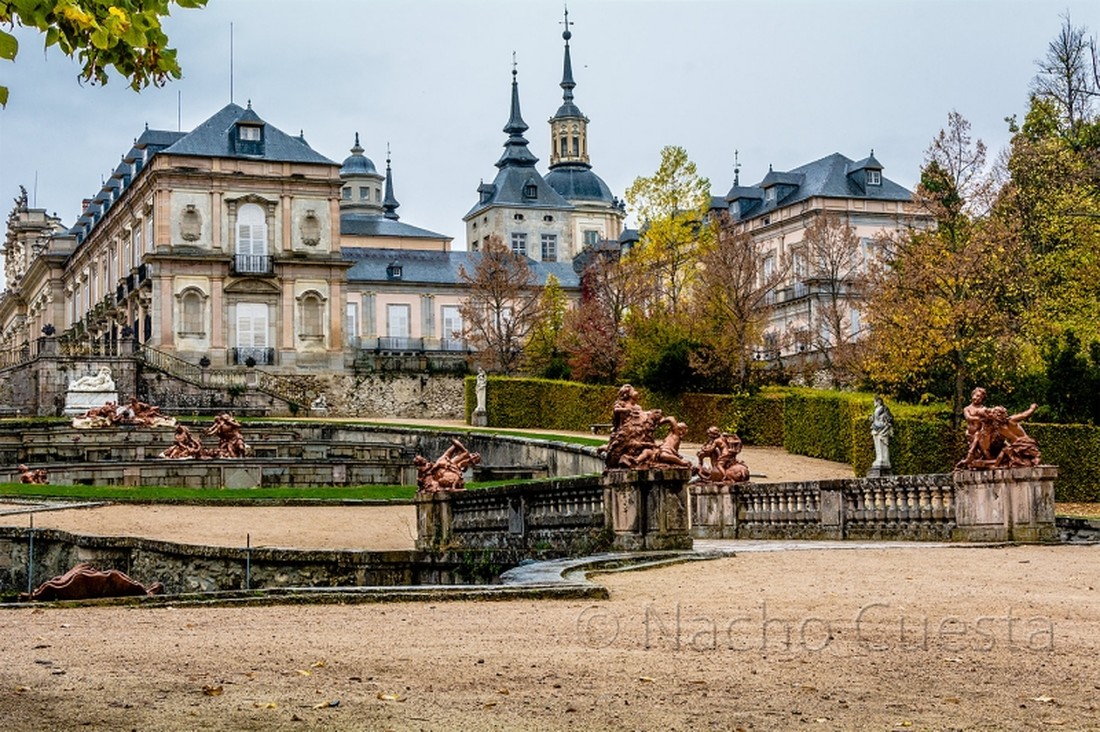The Royal place is located on the northern slopes of the sierra de Guadarrama; its wonderful forests and undergrowth always enjoyed hunting wealth extraordinary, very appreciated, since long ago, by the different Kings of Castile, who reserved the privilege to hunt in them.
In 1.450 the King Enrique IV of Castile sent build a hostel and a chapel that was dedicated to Saint Ildefonso.
In the year 1,477 the Catholic Kings donate the Chapel and the hostel, as well as the adjacent lands, to the monks Jerónimos Monastery of el Parral, which is located in the outside the walls of Segovia.
Then the monks will build in the place a hospice, that with their orchards and farm, they give origin to the village, and which therefore must be the name of "La Granja", which is so well known.
In 1700, the French Duke of Anjou, grandson of King Luis XIV of France, becomes at age 17 in the new King of Spain and the Indies, reigning with the name of Felipe V, inaugurating the dynasty of the Bourbons in Spain, that lasts until today.
Felipe V that frequented these mountains and that would end up fascinated of the beauty of them, He wanted to build a Palace with its gardens, that it seems and you remembered to the Palace of Versailles, where the he was born and had lived.
It project and them flat of the future Palace, are responsible to don Teodoro Ardemans, master more of the Real Palace and Villa of Madrid, having imposed the King his desire to keep the former guesthouse of the friars.
The works of the Palace start at 1.721, entrusting its execution to the rigger Don Juan Román. Practically at the same time as the works of the building of the Palace, they begin the works for the layout of the gardens. Is make charge of the direction of the same, the sculptor Renato Carlier and the gardener Esteban Boutelou.
The design and manufacturing of fountains and sculptures that adorn these gardens, of the design and manufacturing of fountains and sculptures that adorn these gardens, took over a cast of renowned sculptors, including; Renato Frémin, Juan Thierri, Santiago Bousseau, Humberto Demandré, and Pedro Pitué among others.
Some historical events that happened in la Granja de San Ildefonso:
1.765. Wedding between Carlos IV and María Luisa de Parma.
1.763. the King Carlos III, signs in the Palace the decree with which it creates the first lottery official of Spain. The first draw, which was held on December 10 of that year in the plaza of San Ildefonso in Madrid.
1.783 Carlos III ordered to build a new graveyard wings outside the town in a distant place one kilometer from the population. Making it in the first cementrio outside of Spain and possibly Europe. Also was built the hospital of San Fernando, is also the first hospital outside the walls.
Signature of the Treaty of San Ildefonso.
-1,742. Signed between Spain and Denmark, Treaty of friendship and cooperation in navigation and trade.
-1777, 1,796 and 1,800. They are basically military alliances between Spain and France, focused on jointly fighting against England.
-1836. the "sargentada", revolt of the garrison of the Palace which forced the Regent María Cristina de Borbón to restore the Constitution of 1812.
-1.913. June 20, the birth of Don Juan de Borbón in the Palace, father of Don Juan Carlos I, and therefore grandfather of the current King Felipe VI.
-1937 during the Spanish civil war, in the vicinity of La Granja is developing a Republican offensive, which came close to taking the town, being frustrated by the troops of the national army.

